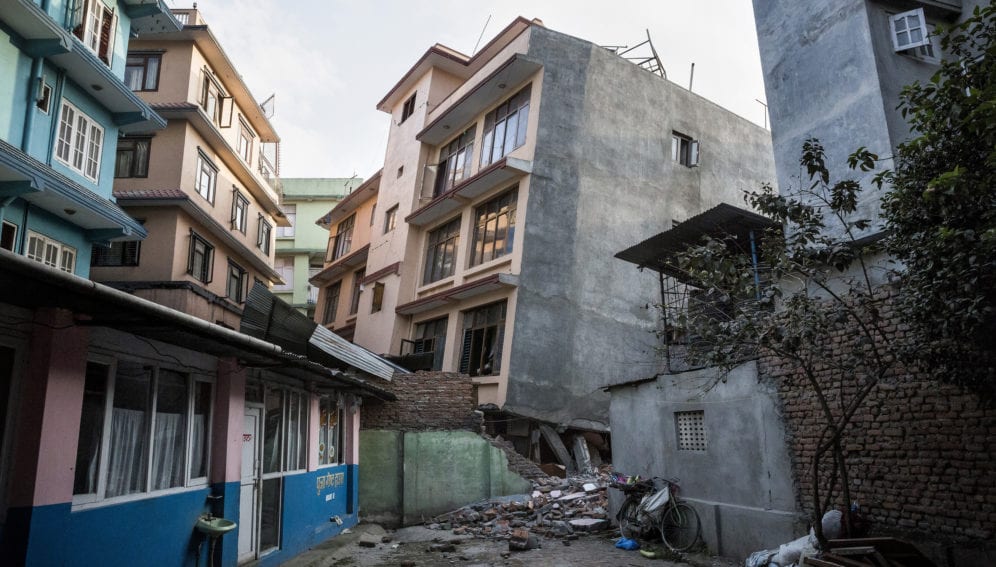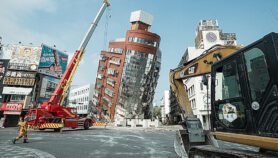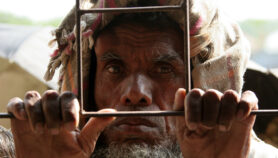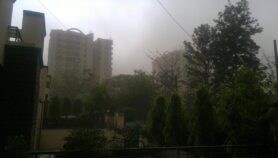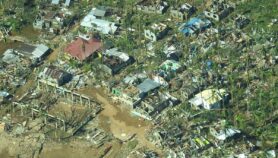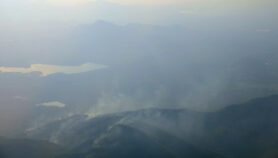By: Smriti Mallapaty
Send to a friend
The details you provide on this page will not be used to send unsolicited email, and will not be sold to a 3rd party. See privacy policy.
[KATHMANDU] Adequate structural design and the use of reinforced concrete saved many buildings from damage during the 25 April earthquake in Nepal, according to a rapid investigation conducted six days after the event.
“Even in poor countries like Nepal, when a building is constructed properly it can have a decent level of seismic resistance,” says Sean Wilkinson, structural engineer at Newcastle University and co-author of a paper published last month (22 June) in Frontiers in Built Environment.
The researchers observed severe damage to historical buildings and houses made of stone, bricks or mud-bricks supported with wooden frames, and this contrasted with good performance by reinforced concrete structures.
Buildings made of concrete reinforced with steel bars were first introduced to Nepal in the late 1970s and are popular in urban areas. In Kathmandu, some 40 per cent of buildings are constructed using reinforced concrete, according to the National Population and Housing Census 2011.
In 1994, the Nepal government introduced rules that called for standard designs and details for reinforced concrete buildings up to three stories high to meet minimum seismic safety requirements.
Hugo Rodrigues, a civil engineer at the Polytechnic Institute of Leiria, Portugal, notes the sustainability of reinforced concrete buildings through the 7.8 magnitude quake, during a recent visit to Kathmandu. “Earthquakes can point to failures that cannot be seen in constructed and undamaged buildings,” he says.
Vulnerability increased through the construction of more than three stories, weak columns and ground floors with no internal supporting walls, called ‘soft stories’ used for commercial purposes such as running a shop. Rodrigues observed several examples of ‘soft stories’ collapsing and entire buildings flattening down. “The damage pattern is similar to what we have seen in other countries,” Rodrigues says.
The study also found that, overall, damage was more localised to areas of soft alluvial soil within 300 metres of rivers. The Kathmandu basin is deposited with thick lake and stream sediments, which generate lower frequency ground motion during an earthquake that lasts more than a second as opposed to higher frequency, shorter back-and-forth shaking.
Major aftershocks of up to 7.3 in magnitude also caused significant damage to standing buildings, calling for assessment of residual vulnerability and retrospectively refit buildings with low-cost solutions that make them safe to live in, explains Wilkinson.
“After an earthquake, you suddenly have a huge imperative to build housing,” Wilkinson says. Nepal will need to “rebuild back better and not just the way it built before.”


